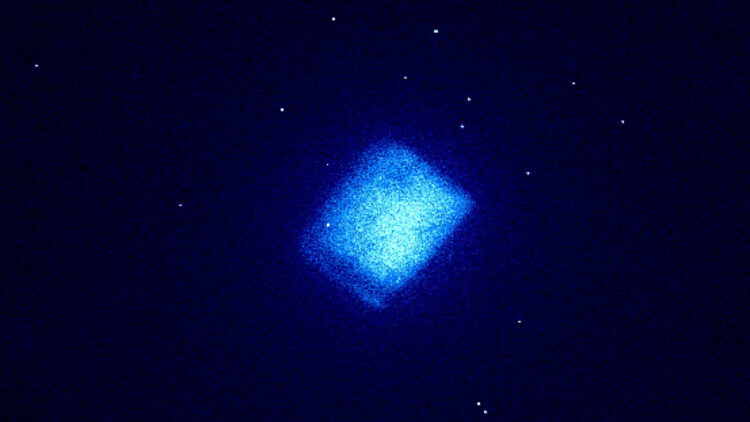Scientists have made a glamorously groundbreaking advancement in energy technology with the creation of the world’s first carbon-14 diamond battery. Developed through a partnership between the UK Atomic Energy Authority (UKAEA) and the University of Bristol, this battery has the potential to power devices for thousands of years! Not only does it offer a sustainable energy solution, but it also provides a novel way to utilize nuclear waste.
How does the world’s first carbon-14 diamond battery work?
As the name implies, the carbon-14 diamond battery leverages the radioactive decay of carbon-14, a radioactive isotope that has a half-life of 5,700 years. This longevity allows it to retain half of its power after millennia.
Encased in diamond, which is one of the hardest substances known to man, the battery safely captures short-range radiation emitted during decay to generate electricity. This process is akin to that of solar panels, as it harnesses fast-moving electrons rather than light particles.
The prototype batteries measure 0.40 inches by 0.40 inches with a thickness of up to 0.019 inches. The diamond casing ensures that no harmful radiation escapes into the environment, thus making it a safe and reliable energy source.
The diamond battery can also be applied to diverse fields
Sarah Clark, the director of Tritium Fuel Cycle at UKAEA, says: “Diamond batteries offer a safe, sustainable way to provide continuous microwatt levels of power. They are an emerging technology that uses a manufactured diamond to safely encase small amounts of carbon-14.”
What’s more, the versatility of these diamond batteries opens up numerous possibilities across various sectors. For example, in the medical field, they could significantly enhance patient care by powering implants such as pacemakers, hearing aids, and ocular devices. Also, unlike traditional batteries that require frequent replacements, the diamond battery could last for decades, thus minimizing patient discomfort and surgical risks.
Furthermore, the battery’s extended lifespan makes it ideal for use in space missions and remote locations on Earth. It could power satellites, spacecraft, and radio frequency tags for prolonged periods, thereby reducing operational costs and boosting mission longevity.
Professor Tom Scott from the University of Bristol highlights the battery’s potential in these sectors, stating, “We’re excited to be able to explore all of these possibilities, working with partners in industry and research, over the next few years.”
An eco-friendly solution for the challenges of nuclear waste
Another impressive feature of this battery is its role in addressing nuclear waste. The carbon-14 used in the battery is derived from graphite blocks, a byproduct of nuclear fission reactors. By repurposing this radioactive material, the technology not only produces a valuable energy source but also contributes to reducing nuclear waste. In Britain alone, there are nearly 95,000 tons of graphite blocks that can be effectively utilized in this innovative manner.
In order to grow the diamond structure, the team developed a specialized plasma deposition rig, creating a practical application for previously hazardous materials. Not only does this address the challenges of safe storage but also reduces costs associated with nuclear waste management.
The battery’s design guarantees that short-range radiation is completely absorbed by the diamond casting, eliminating harmful emissions. As a bonus, in cases where disposal is necessary, the battery can be safely returned to the manufacturer for recycling.
As you can see, the carbon-14 diamond battery promises to transform the future of viable energy. Whether it is powering medical devices or spacecraft, it represents a huge leap towards a more efficient and eco-friendly future. As this innovative technology continues to evolve, it presents exciting possibilities for a world that’s becoming increasingly dependent on sustainable energy sources.

